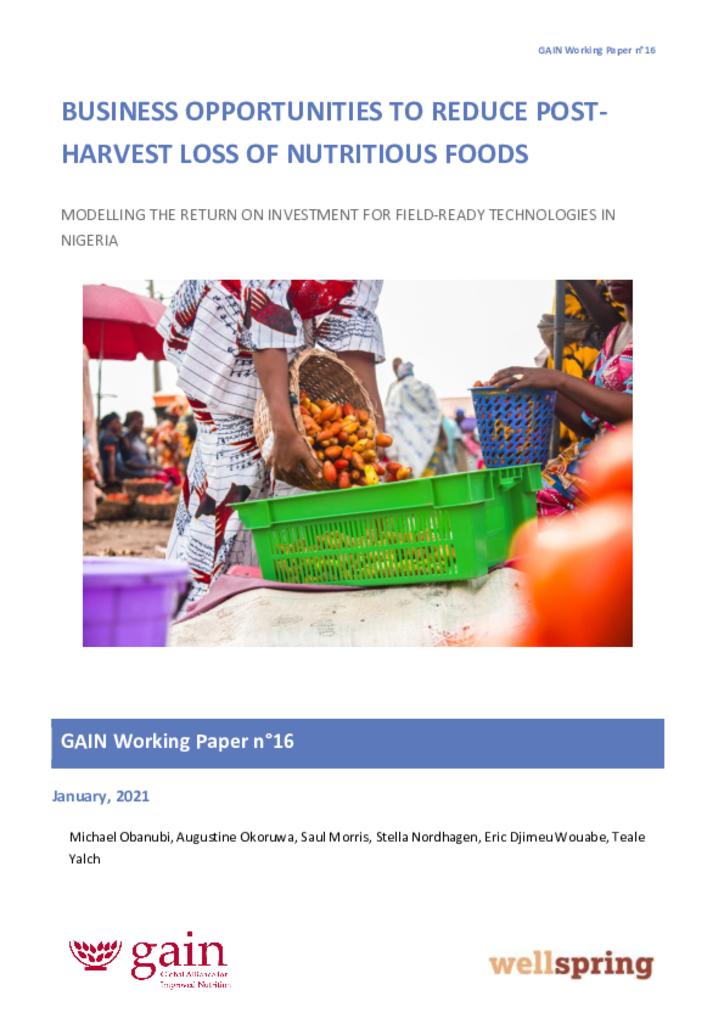Reduction of post-harvest loss could have a major positive impact on increasing the affordability and accessibility of nutrient-dense fresh fruits and vegetables, particularly in low- and middle-income countries. While technologies to do so exist, their financial viability for the firms that would need to adopt them has not always been clear.
This paper sheds light on this topic by analysing the costs and benefits of three innovations within the context of Nigeria’s tomato value chain: reusable plastic crates to transport fresh fruit and vegetables to market, solar-powered cold rooms to store them, and refrigerated trucks to transport them to market. For the crates and cold rooms, we considered both own-use and lease cases. A stylised cost-benefit analysis for each technology and use case was done based on data obtained from five Nigerian companies.
To take account of the uncertainty, we developed a baseline scenario for each technology based on the data provided by the companies, and then varied the key assumptions to test the robustness of the results. The results suggested that five of the six technology-business model combinations represent viable economic investments for food system firms, at least under certain circumstances, while the other (a 10 MT cold room rented as a service in a rural setting) would require subsidies to make it viable.
